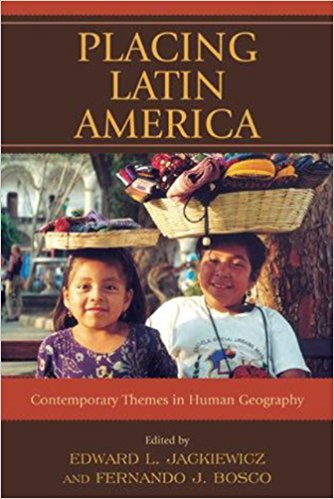|
|
Placing Latin America: Contemporary Themes in Human Geography Capítulo: Urbanization, Migration and Employment in Latin America: A review of Trends
Editores: Edward L. Jackiewicz & Fernando J. Bosco Autores de capítulo: Adrián Guillermo Aguilar & Antonio Vieyra ISBN: 978-0-7425-5643-0 Edición: 2008 Editorial: Rowman & Littlefield Publishers, Inc. Cítese como: Aguilar, A., & Vieyra, A. (2002), Urbanization, migration and employment in Latin America: a review of trends en E. Jackiewicz y F. Bosco, Placing Latin America: contemporary themes in Human Geography, (pp. 51-68), Lanham: Rowman & Littlefiel Publishers, Inc. |
|
Resumen de capítulo: This chapter examines the rapid urbanization process that Latin America has experiences since the second half of the twentieth century to the present. The growth of the largest cities was related to industrialization in the past century. This process was the outcome of high levels of rural-to-urban migration, in combination with similarly high rates of natural increase in the population. Decades later, with the arrival of neoliberal policies, come countries began to experience a process of urban deconcentration that led to a more balanced urban system. Nowadays, migration shows new trends in which urban-urban flows become more important. Some of the main features of urbanization in Latin America include urban primacy, metropolitan expansion, and urban systems as functioning parts of the world economy. Urbanization in Latin America is also characterized by severe social problems often linked to globalization. Massive growth in urban areas, especially in the intermediate cities, indicates the need foa policy agenda that addresses these urban conditions.
|






